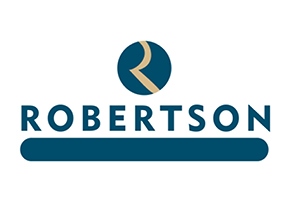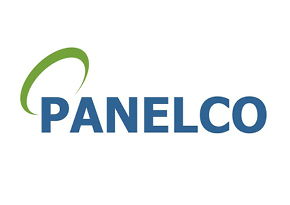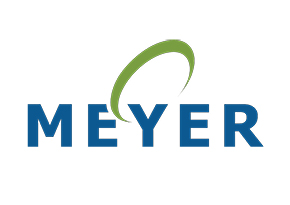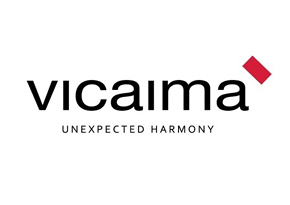Improving thermal performance of existing timber frame buildings

As fuel prices rise, fossil fuel supplies become more unpredictable and we strive to reduce our CO2 emissions, every Watt saved now counts.
This Wood Information Sheet (WIS) outlines the options for improving the thermal performance of existing timber frame buildings and summarises the important issues that specifiers should consider when implementing improvements.
Contents
- Background
- Options for improving thermal performance
- Improving airtightness
- Increasing roof insulation
- Upgrading windows
- Adding floor insulation
- Increasing wall insulation
Suggested Reading
Zero-carbon Passivhaus is timber frame
Joe Martoccia, director of the UK Timber Frame Association, explains why timber frame is the preferred system for achieving the onerous Passivhaus standard for low-energy housing.
Timber frame is now regarded as the most efficient way of building truly sustainable, energy efficient homes and, while the traditional build sector...
01/01/2011 | Magazine Article
Introduction to timber frame construction
Timber frame construction of some description is a method which has been around for millennia; however over time it has become a tremendously refined practice to the point that - as buildings of up to six storeys become widely used in England and Wales - timber frame constructions of today...
04/04/2016 | Wood Information Sheet
Timber frame building: materials specification
This Wood Information Sheet (WIS) outlines the materials normally specified for conventional timber frame buildings. Some variations will occur according to the structural design and detailing requirements of specific projects. Many of the components are also used in innovative forms of construction such as engineered stud and twin stud walls,...
28/02/2017 | Wood Information Sheet

















